Rome's Cat Shelter - @ Home in the Roman Ruins
Near the Colosseum, nestled between the ruins of ancient temples—lies an unexpected sanctuary—a shelter for Rome's homeless cats, cared for by a dedicated team of volunteers.
These cats live a charmed life, playing on ancient cobblestones, chasing each other through Roman arches, and lounging on columns built for emperors. Today, they are the aristocracy of this historical setting.
Once we check into our beloved Santa Maria, we always make a visit to the cats one of our first stops.
For all cat lovers, this is a must-see.
An Incredible Story
The story of this cat sanctuary began in the 1990s, when two indomitable women, Lia and Silvia, faced incredible resistance and near bankruptcy in their quest to help the cats who had made their home here. Before their efforts, others fed the cats, but there was no concerted campaign to care for them properly, feed them regularly, sterilize them, or have them treated by vets.
Lia and Silvia made it their life's mission to care for these cats. They battled Rome's legendary bureaucracy, spending their own money on food and veterinary care. Slowly, others joined their cause.
Foreign Cat Lovers Get Involved
An English lady, Pamela R. James, helped involve the A.I.S.P.A. (Anglo-Italian Society for the Protection of Animals), which brought more organization and fundraising efforts that significantly improved the cats' conditions. Pamela worked tirelessly to support the Torre Argentina Cat Sanctuary and played a crucial role in raising awareness and funds to support the care and shelter of these cats. Her efforts greatly contributed to improving the lives of Rome's feline residents.
John Henriksen, a United States Naval Captain, and his wife Cheryl took fundraising to a new level. Their support helped ensure the sanctuary could continue its mission of rescuing, caring for, and finding homes for these cats. Their dedication to this cause has been widely appreciated by both the local community and animal lovers around the world.
The Stuff of Novels
Next, Deborah D’Alessandro published a bestselling book called Nelson, the One-Eyed Cat King.
The book is based on the real-life story of one of the beloved cats at the Torre Argentina Cat Sanctuary. Through Nelson's charming and inspiring tale, D’Alessandro highlighted the extraordinary work being done by the sanctuary’s volunteers. The book not only captured the hearts of readers but also played a crucial role in raising awareness about the challenges faced by stray and abandoned cats. It significantly contributed to publicizing the sanctuary’s mission and the dedication of those working to improve the lives of Rome’s feline residents.
Today
Today, the Torre Argentina Cat Shelter continues to struggle against Roman bureaucracy, always battles for funds, and relies on the support of volunteers.
Lucky Cats!
My personal opinion is that these cats are now very lucky cats. Imagine waking up every morning and finding ancient Rome waiting for you outside your door or window, and enjoying the wonderful dolce far niente lifestyle each and every day.
Questions about cats in Italy and Rome...
Why are there so many cats in Rome?
Why are there so many cats in Rome?
Rome has a significant population of stray cats, often referred to as "gatti di Roma." These cats are descendants of domestic cats that were abandoned or wandered away from their homes.
How do Italians generally feel about stray cats?
How do Italians generally feel about stray cats?
Many Italians have a soft spot for stray cats and often feed them. There is a cultural appreciation for cats, and in some areas, they are considered part of the community. Organizations and volunteers work to care for and sterilize the stray population to keep it under control.
Are there any laws protecting cats in Italy?
Are there any laws protecting cats in Italy?
Yes, Italy has laws that protect animals, including stray cats. It is illegal to harm or kill stray animals. There are also efforts by local governments and organizations to manage and care for stray cats humanely.
Why are cats associated with historical sites in Rome?
Why are cats associated with historical sites in Rome?
Cats are often found in historical sites in Rome because these areas provide ample hiding spots, shelter, and food sources. The ruins and ancient structures offer a safe haven for them to live.
How can tourists help the cats in Rome?
How can tourists help the cats in Rome?
Tourists can help by donating to shelters like the Torre Argentina Cat Sanctuary, adopting a cat if they are able, or simply respecting the cats and not disturbing their habitats. Some tourists also volunteer their time to help care for the cats during their visits.
Are there other famous cat sanctuaries in Italy?
Are there other famous cat sanctuaries in Italy?
Besides the Torre Argentina Cat Sanctuary, there are other cat shelters and sanctuaries across Italy. For example, the Venice Cat Sanctuary is another well-known refuge that cares for the city's stray cats. Each of these sanctuaries relies on donations and volunteer support to operate.
Please Book with Us... Maria here, if you enjoy my site I'd love your support.
Simply book your next trip anywhere (not only to Italy) via the link below or with any of the hotel links on the website.
You'll get the best deal available and the income I receive helps me to remain independent and to keep bringing you more of beautiful Italy.
More Travel Tips:
- Book your tickets to museums and other attractions in advance on Tiqets.com
- Book your accommodation. Booking.com and Agoda help you to book accommodation in advance
- Book your excursions. Wherever you go, make the most of your time! Excursions with professional guides will help you do this - choose a location and the best option for yourself on Viator or Getyourguide
- Book your car. At least a month before is best. Use Discover Car Hire.
- Cash Back on Flights: Great deals & money back with WayAway
- Get peace of mind when traveling. Get insured with VisitorsCoverage.com
- Home
- Best Hotel in Central Rome
- Cats in Rome
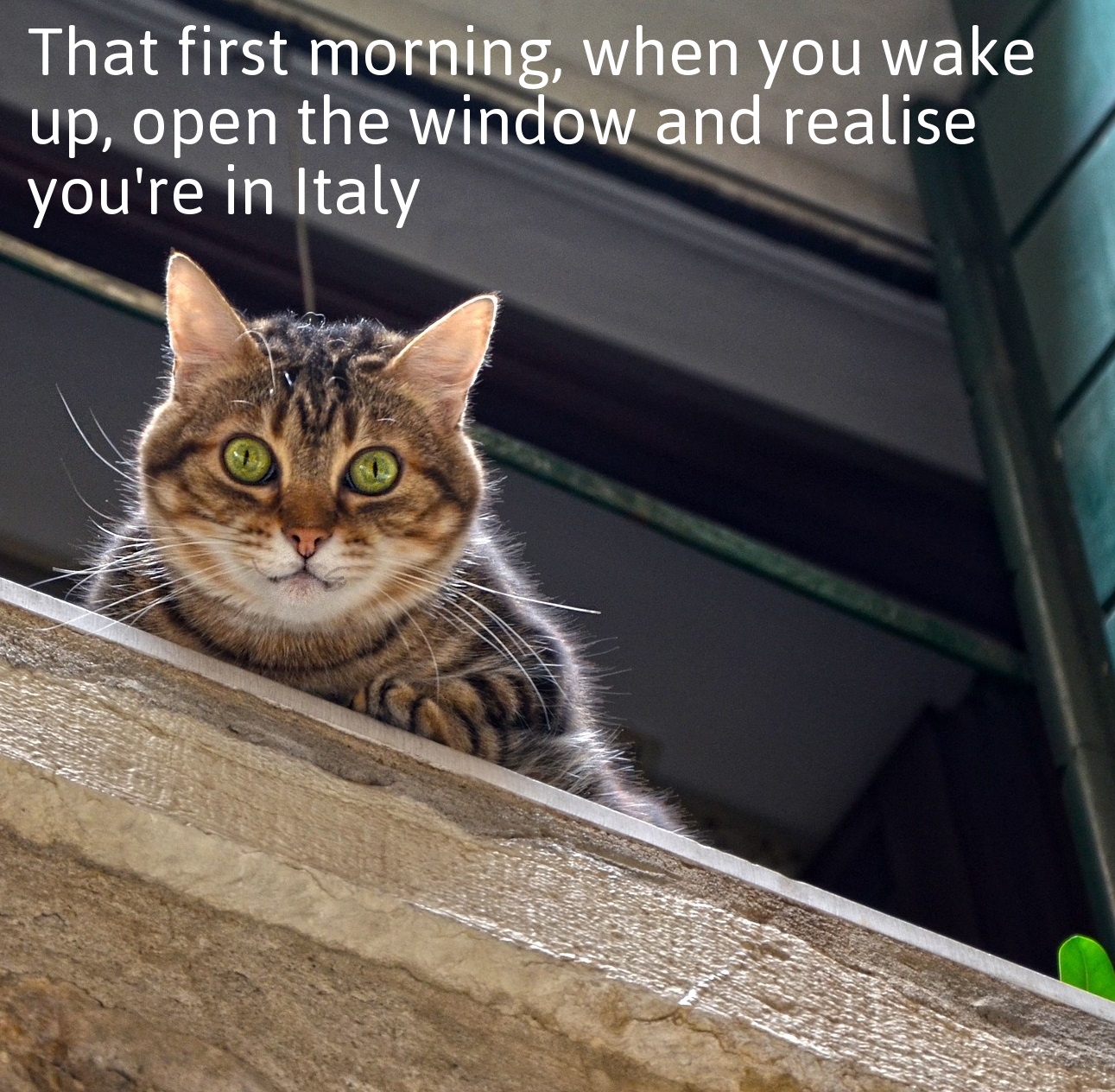
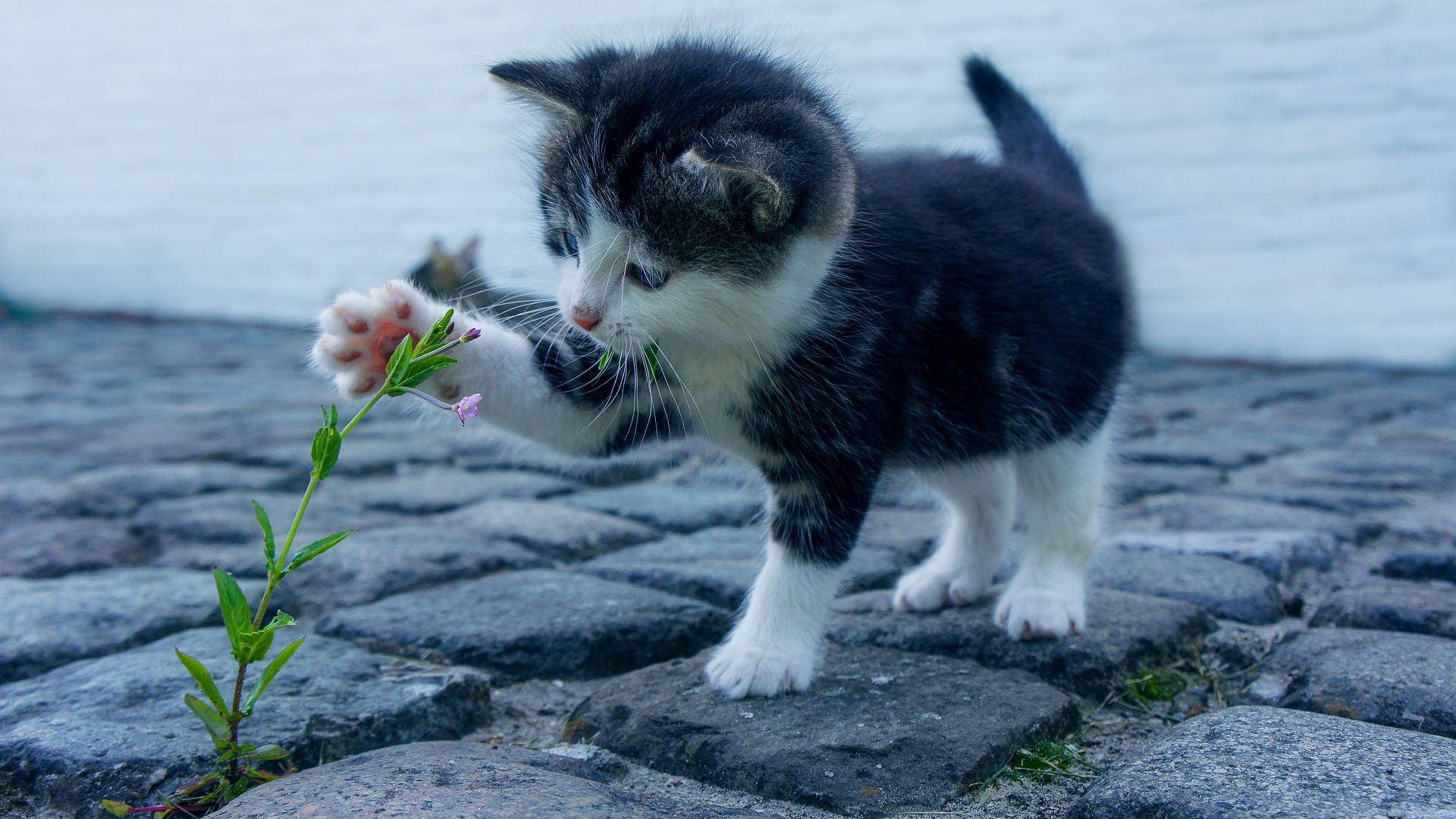
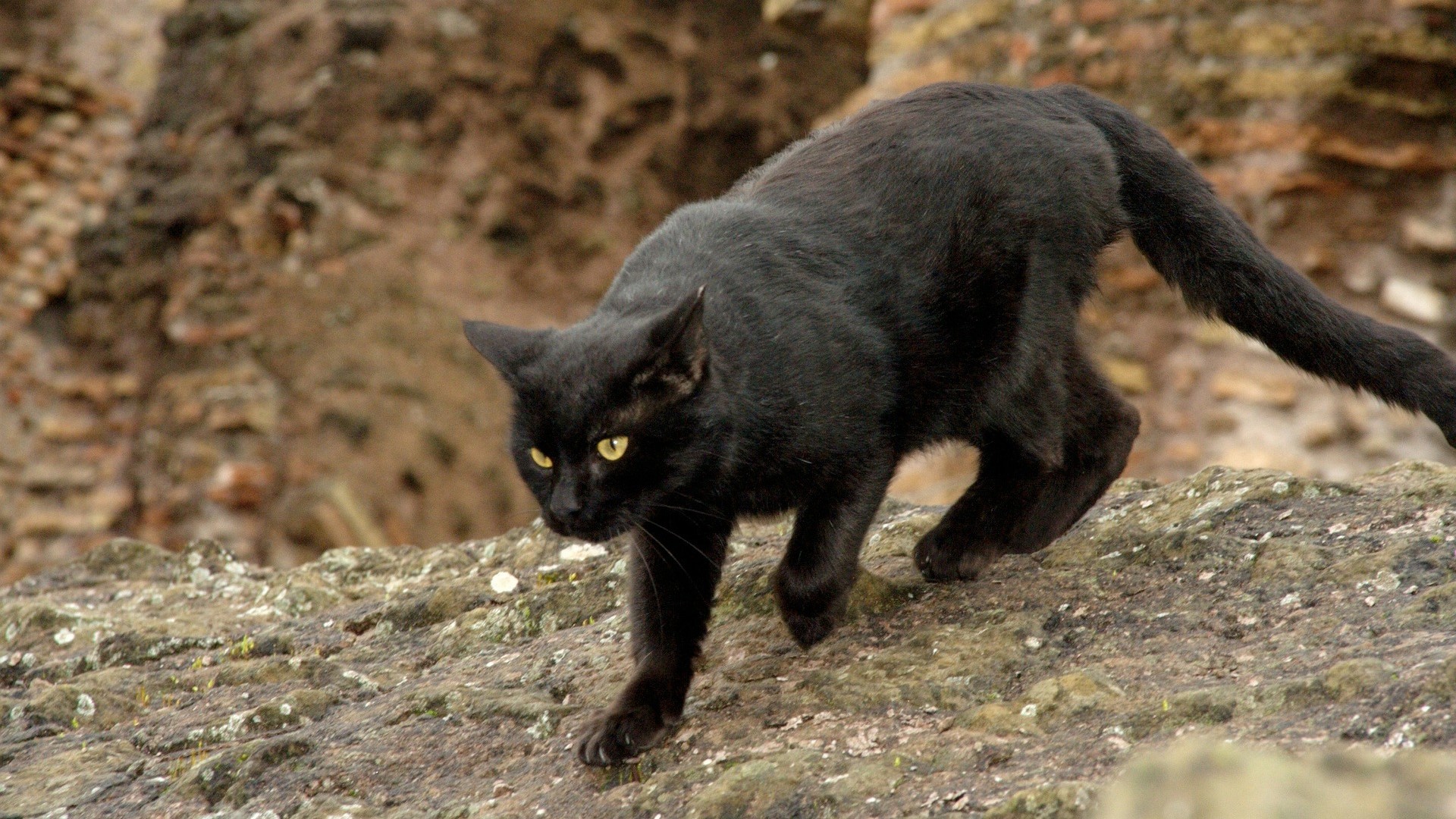
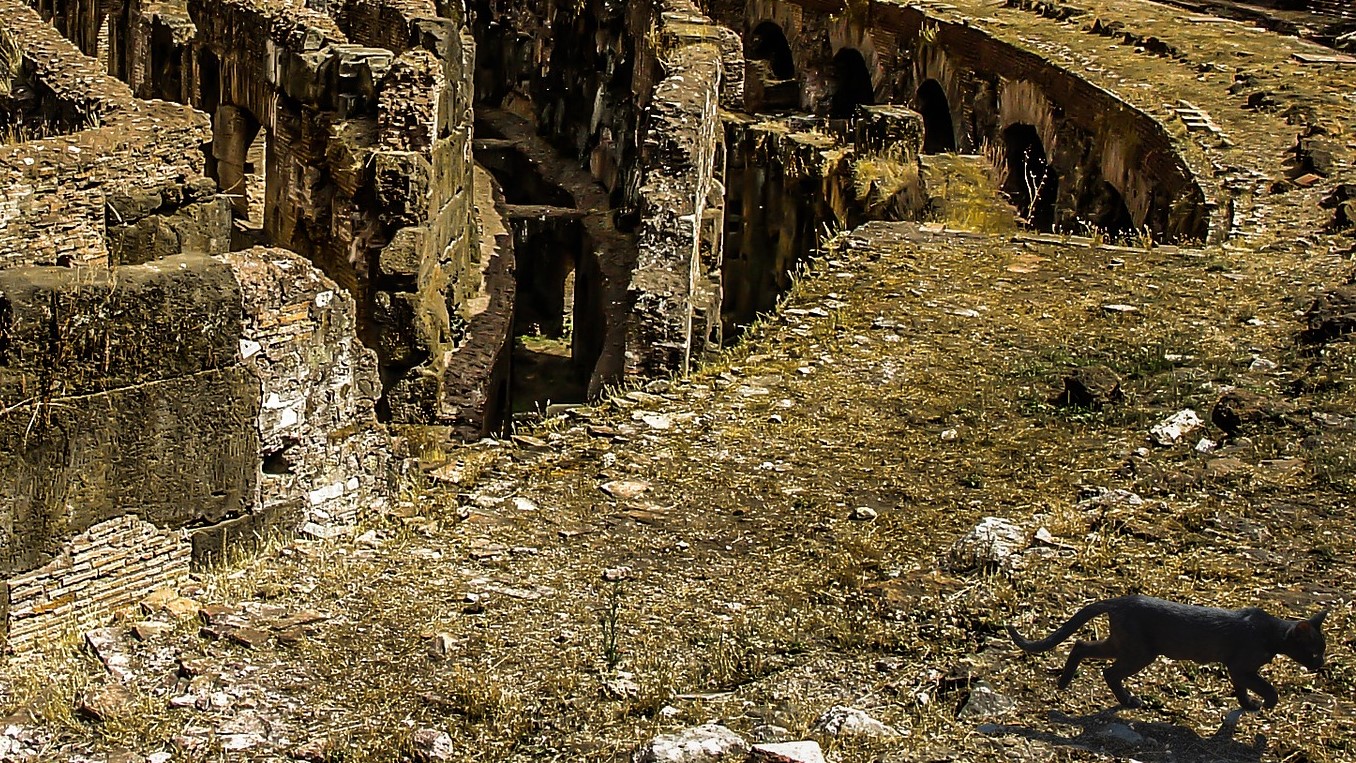
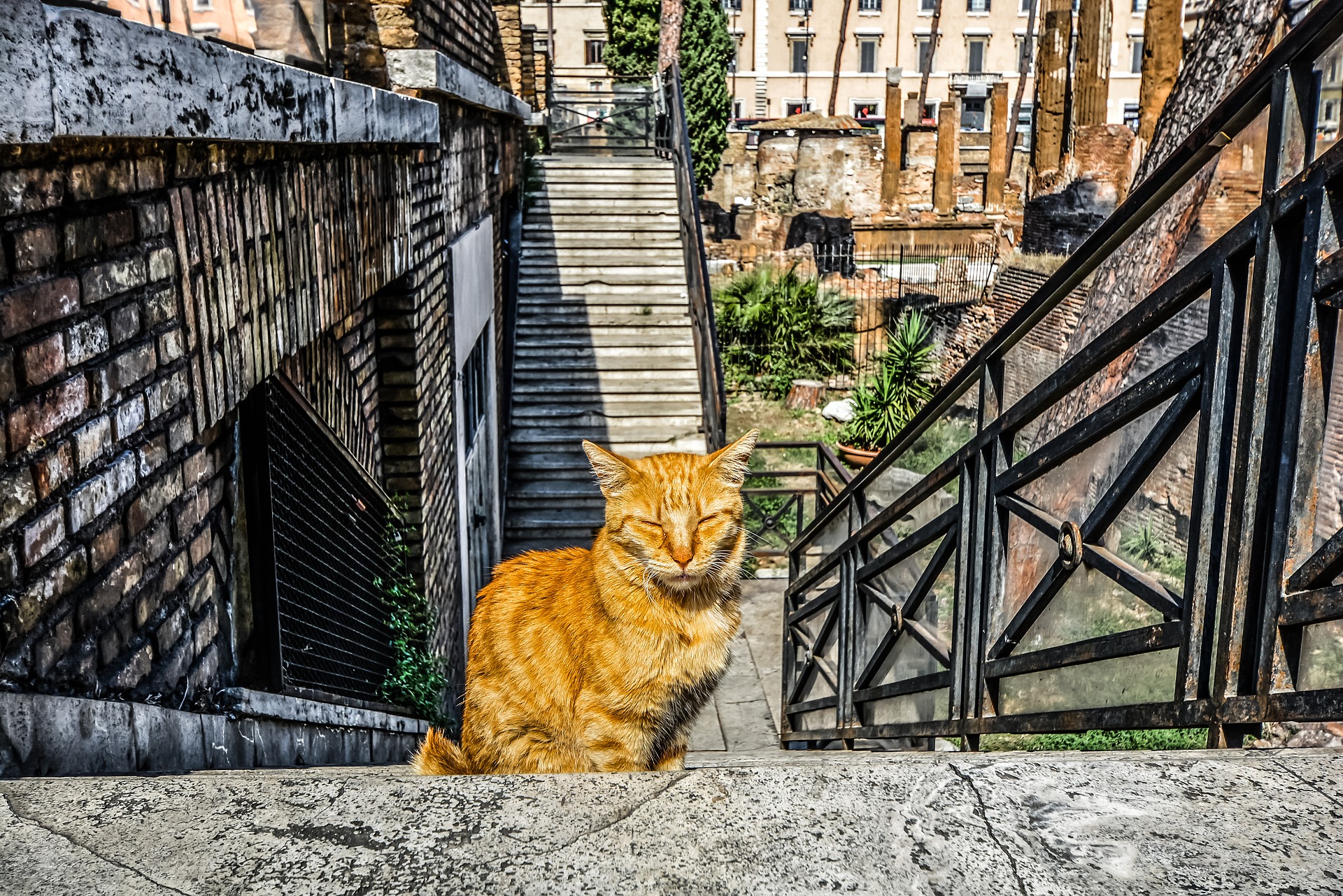


















New! Comments
Have your say about what you just read! Leave me a comment in the box below.